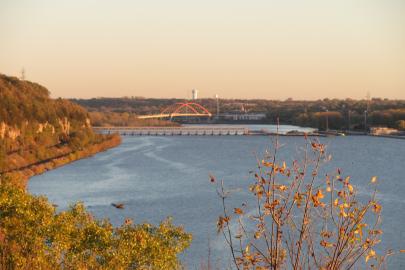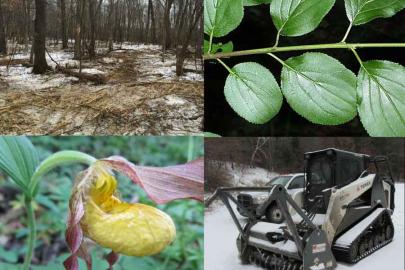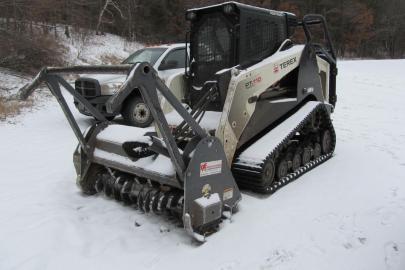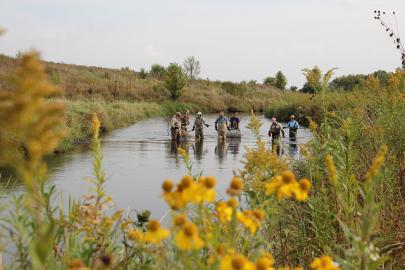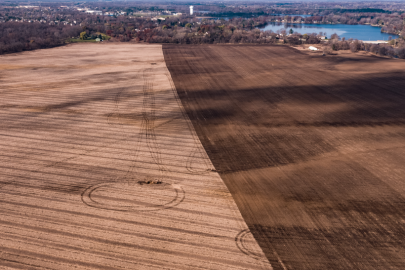Cities up and down the metro Mississippi are busy finalizing their local river corridor plans, but there's still time to weigh in. Some deadlines to submit comments are fast approaching, including July 17 for Cottage Grove and July 22 for Minneapolis. Learn where your city's at in its process and how you can have your say in the shape of your future local riverfront. >>
Read moreStay current
Get river news, FMR updates and event calendars twice a month.
